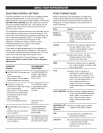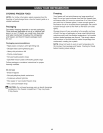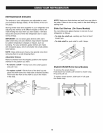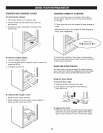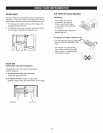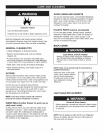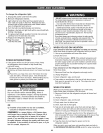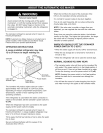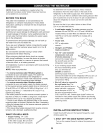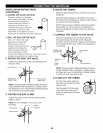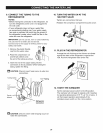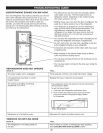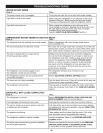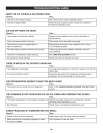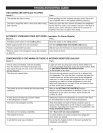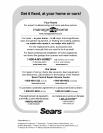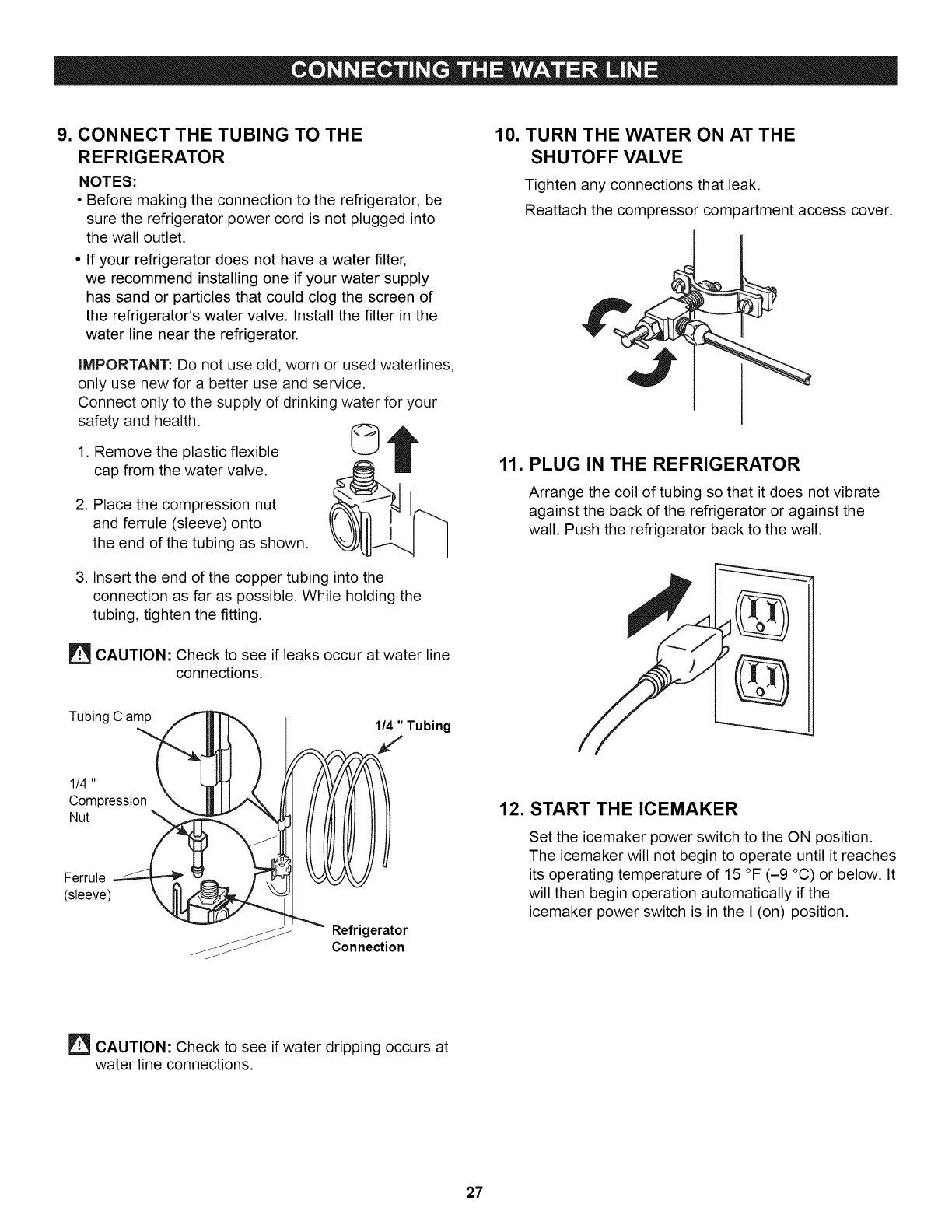
9. CONNECT THE TUBING TO THE
REFRIGERATOR
NOTES:
• Before making the connection to the refrigerator, be
sure the refrigerator power cord is not plugged into
the wall outlet.
• If your refrigerator does not have a water filter,
we recommend installing one if your water supply
has sand or particles that could clog the screen of
the refrigerator's water valve. Install the filter in the
water line near the refrigerator.
IMPORTANT: Do not use old, worn or used waterlines,
only use new for a better use and service.
Connect only to the supply of drinking water for your
safety and health.
1. Remove the plastic flexible
cap from the water valve.
2. Place the compression nut
and ferrule (sleeve) onto
the end of the tubing as shown.
©
3. Insert the end of the copper tubing into the
connection as far as possible. While holding the
tubing, tighten the fitting.
H
v_. CAUTION: Check to see if leaks occur at water line
connections.
TubingClam_"_, _,_
1/4'mpression_ _L[ _A_-._ i
1/4 "Tubing
l
Ferrule
(sleeve)
_-_ efrigeratorConnection
10. TURN THE WATER ON AT THE
SHUTOFF VALVE
Tighten any connections that leak.
Reattach the compressor compartment access cover.
11. PLUG IN THE REFRIGERATOR
Arrange the coil of tubing so that it does not vibrate
against the back of the refrigerator or against the
wall. Push the refrigerator back to the wall.
%
12. START THE ICEMAKER
Set the icemaker power switch to the ON position.
The icemaker will not begin to operate until it reaches
its operating temperature of 15 °F (-9 °C) or below. It
will then begin operation automatically if the
icemaker power switch is in the I (on) position.
_1_ CAUTION: Check to see if water dripping occurs at
water line connections.
27



